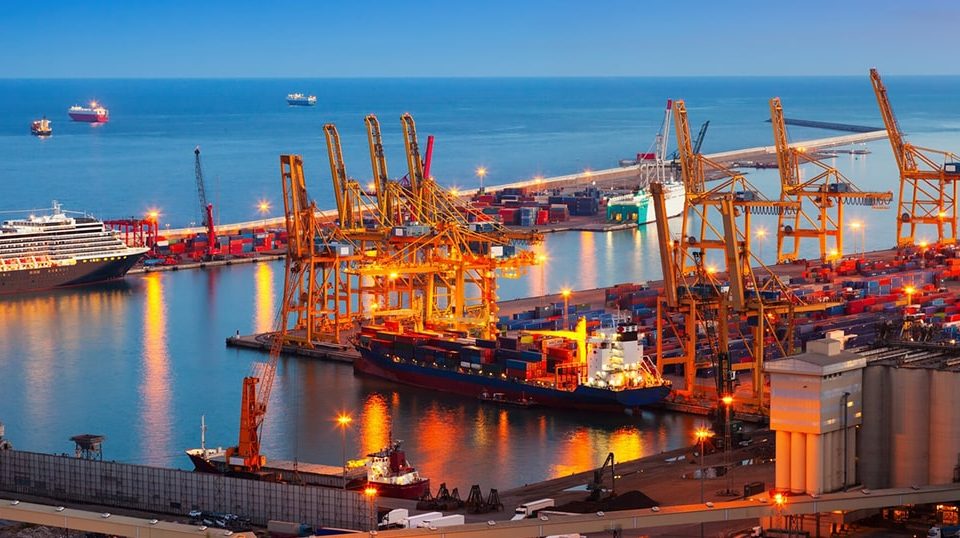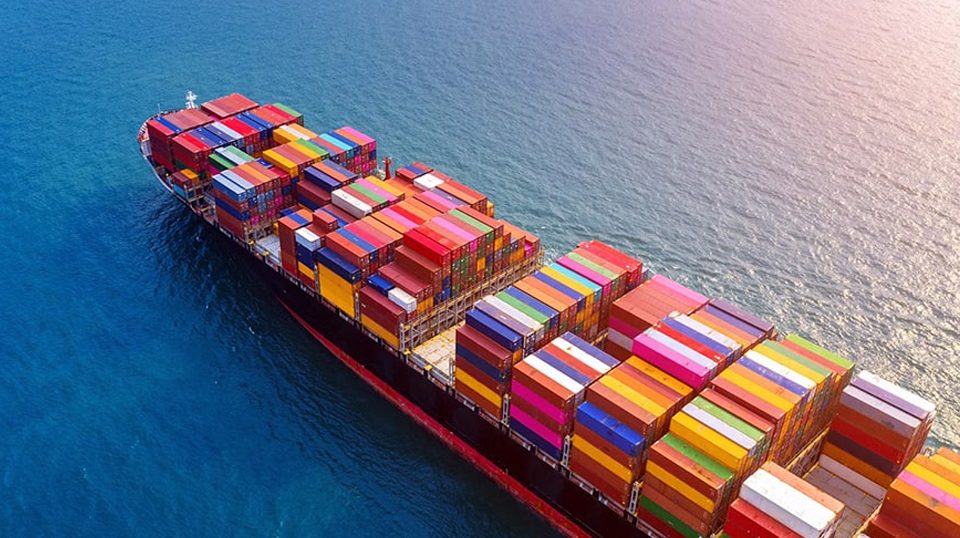
Abbreviations of City and Airport Names
January 14, 2025
Delivery Methods in International Trade: INCOTERMS Guide
In international trade, it is vital that all details regarding the delivery of goods are clarified. Elements such as the place of delivery of the goods, who will cover the expenses, insurance and the contract of carriage determine the responsibilities of the seller and the buyer, thus preventing possible disputes.
In this context, International Chamber of Commerce (ICC) Published by INCOTERMS (International Commercial Terms) rules are a guide. INCOTERMS is a set of internationally accepted rules that regulate the obligations of the seller and the buyer, and the latest INCOTERMS 2020 version has been published.
INCOTERMS 2020 Delivery Methods
According to INCOTERMS, delivery methods are divided into two main groups:
-
Rules Covering All Types of Transport: EXW, FCA, CPT, CIP, DAP, DPU, DDP
-
Specific Rules for Sea and Inland Water Transportation: FAS, FOB, CFR, CIF
1. Ex Works Delivery (EXW)
The seller delivers the goods to the buyer at his premises or at a designated point. The buyer bears the costs and risks of transportation.
2. Free Carrier (FCA)
The seller delivers the goods to the carrier designated by the buyer at the designated place and completes the export customs clearance procedures.
3. Free Alongside Ship (FAS)
The goods are delivered by being dropped off next to the ship chosen by the buyer at the designated port.
4. Free On Board (FOB)
The seller delivers the goods to the vessel designated by the buyer. Risk and costs pass to the buyer when the goods are loaded onto the vessel.
5. Masraflar ve Navlun (CFR - Cost and Freight)
The seller delivers the goods to the ship and pays the freight cost to the destination port. The risk passes to the buyer at the time of loading onto the ship.
6. Cost, Insurance and Freight (CIF)
In addition to CFR, the seller also ensures that the goods are insured for the duration of the voyage.
7. Carriage Paid To (CPT)
The seller delivers the goods to the carrier designated by the seller and pays for carriage to the destination.
8. Carriage and Insurance Paid To (CIP)
In addition to CPT, the seller is also responsible for ensuring that the buyer obtains insurance on the goods.
9. Delivered at Place (DAP)
The seller delivers the goods to the destination, but the unloading process is the buyer's responsibility.
10. Delivered at Place Unloaded (DPU)
The seller delivers the goods to the buyer at the designated terminal. All costs are the responsibility of the seller.
11. Delivered Duty Paid (DDP)
The seller completes both export and import customs clearance procedures and delivers the goods to the buyer. All taxes and expenses are the responsibility of the seller.
INCOTERMS are a critical element that provides clarity and order in international trade. When parties make commercial contracts, choosing the appropriate delivery method clarifies the distribution of costs and risks, preventing potential disputes. Using the correct INCOTERMS provides a transparent and secure trading environment for both buyers and sellers.



